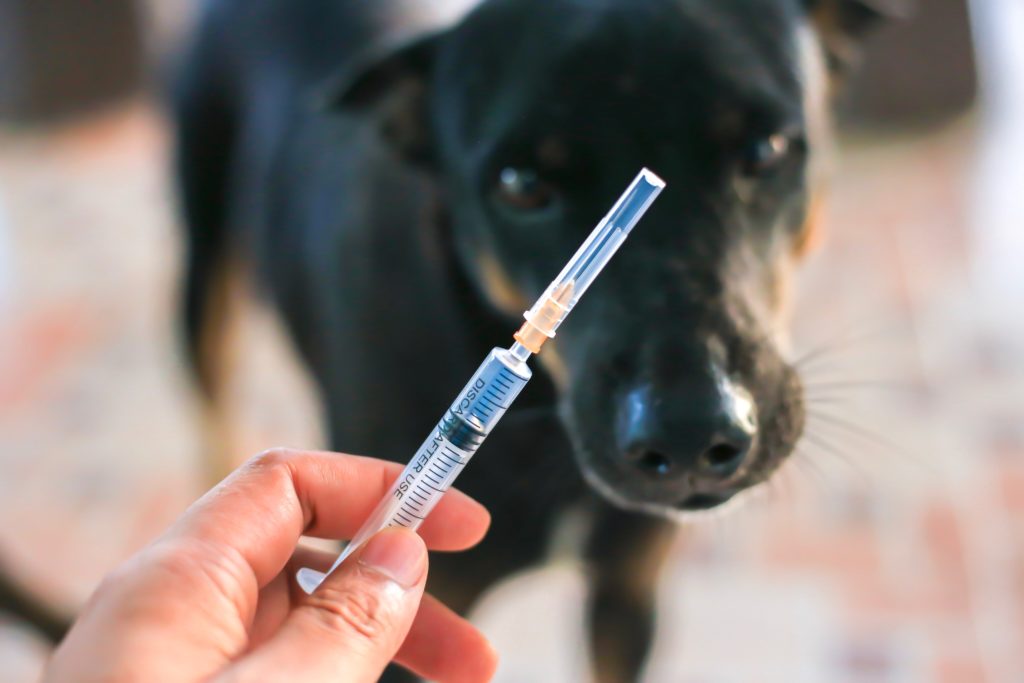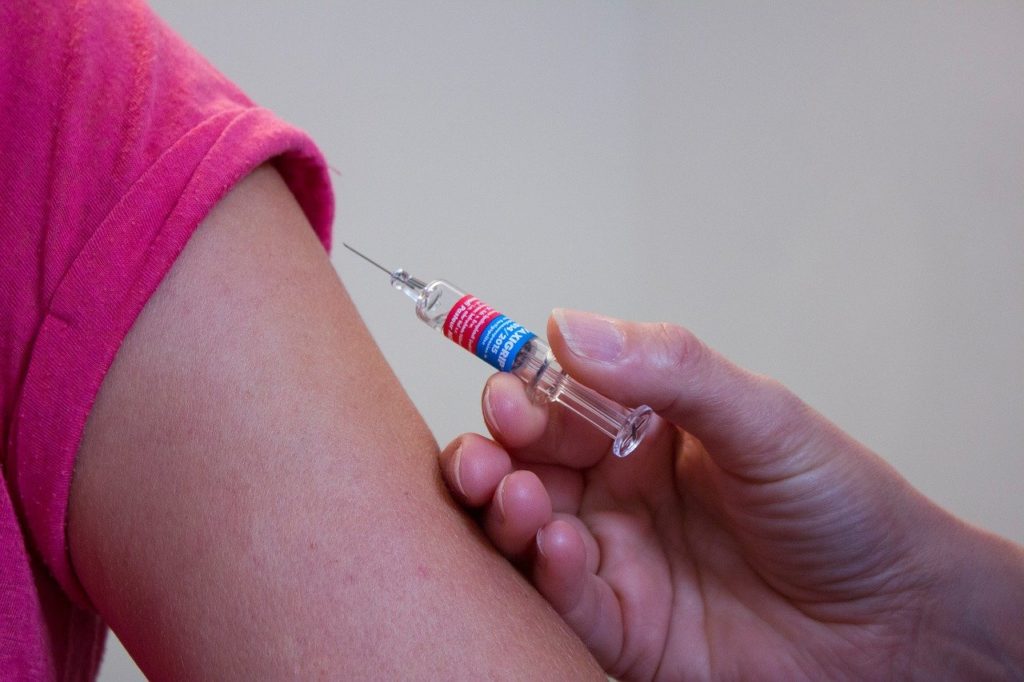by Brian Gallagher
The warm summer night air and its cool gentle breeze are begging you to head outside after dinner for a walk. As you begin your leisurely stroll through the neighborhood, a dog bounds out from another yard and startles you. Surprised, your instinct is to run – but as you turn, you feel a sharp, tearing pain in your calf. The dog bit you.
Now what? The number of animal bite visits increases significantly over the summer. As ER providers, when do we treat with immunoglobulin and the rabies vaccine?
Rabies Treatment
Rabies is a RNA virus. Once contracted, it binds to the nicotinic acetylcholine receptor in muscle, replicates, and ascends along the nerves until it reaches the central nervous system. Rabies has a varying incubation period from weeks to months and almost always begins with flu-like symptoms. Rabies progresses into either a paralytic form or (more commonly) encephalitic form. The paralytic form presents with weakness in the affected limbs, progressing to quadriparesis and facial weakness – ultimately ending in organ failure. The encephalitic form presents with anxiety, agitation, hallucinations, and disorientation mixed with lucid intervals. The classic symptom of hydrophobia is present in only about 50% of the cases.
No matter the form, once clinical symptoms appear, the disease is almost always fatal. Bites are the most common form of transmission from an infected host such as a bat, dog, cat, fox, raccoon, or wolf. All mammals can contract rabies and typically will show signs of CNS disturbances such as behavioral changes and progressive paralysis.

Post-Exposure Guidelines
Diagnosis
The best way to diagnose rabies is to study the host animal and perform direct fluorescent antibody test on brain tissue.
Post-Exposure Treatment/Prophylaxis
All wounds and bite areas must be thoroughly cleansed and irrigated. The CDC recommends using a virucidal agent like povidine-iodine solution.
Unvaccinated Individuals
The human rabies immunoglobulin (HRIG) should be administered. This is performed by injecting 20 IU/kg into and around the wound to fully infiltrate the area. The full dose should be injected in this region; however, if that is anatomically impossible, then inject the remaining IM at a site distant to the rabies vaccine administration. HRIG can be administered up to 7 days after the possible exposure.
Administer the Rabies vaccine at the time of the possible exposure. The two primary vaccines are the human diploid cell culture rabies vaccine (HDCV) or the purified chick embryo cell vaccine (PCECV).
- The dose is 1 ml IM on Days 0, 3, 7, 14.
- If the person is immunocompromised, administer a fifth dose on day 28.
Vaccinated Individuals
Do not give human rabies immunoglobulin (HRIG).
Give two additional doses of the Rabies vaccine – either HDCV or PCECV.
- The dose is 1 ml IM on Days 0 and 3.
Rabies Resources

Need more rabies guidance? All Tribal Health sites have an animal bite/exposure form that should be completed; your facility likely does too. For more detailed guidance, your state or local health department is an excellent resource to assist with incidence, prevalence, diagnosis, and treatment.
References
Tintanellis JE, Stapczynski JS, Ma OJ, Yealy DM, Meckler GD, Cline DM. Tintanelli’s Emergency Medicine:A Comprehensive Study Guide. 8th ed. New York, NY: McGraw-Hill
2016 Rupprecht CE, Hanlon CA, Hemachudha T. Rabies re-examined. Lancet Infect Dis. 2012;2(6): 327-343.
Centers for Disease Control and Prevention. Rabies: Rabies Vaccine. Cdc.gov/rabies/medical_care/vaccine.html. Published September 24, 2014.
Centers for Disease Control and Prevention. Rabies: Human Rabies Immune Globulin. Cdc.gov/rabies/medical_care/hrig.html. Published April 22, 2011.

